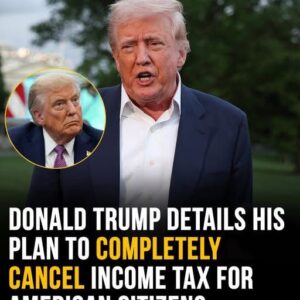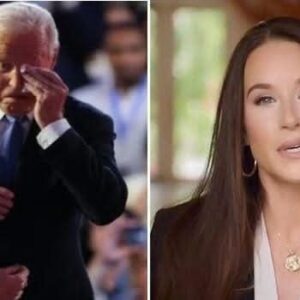Former U.S. President Donald Trump’s recent state visit to the United Kingdom was filled with ceremony, pageantry, and high-level meetings. Yet one moment in particular has captured global attention: observers noted that King Charles appeared “clearly uneasy” after a series of actions by Trump during the Windsor Castle welcome. The remarks, movements, and gestures exchanged between the two men have sparked widespread speculation about the monarch’s private feelings toward his controversial guest.
The moment came as Trump and former First Lady Melania Trump were greeted by King Charles and Queen Camilla in the castle’s quadrangle. While the exchange began cordially, several royal watchers noticed the King’s body language shift during the walk across the courtyard. Trump, known for his assertive presence, walked ahead of the King at one point, briefly blocking his path. Analysts later described Charles’s subtle pause and tightened expression as a sign of discomfort—an indication that the breach of protocol had not gone unnoticed.
Royal etiquette dictates that visiting heads of state follow the monarch’s lead during formal appearances, particularly in ceremonial settings such as the Windsor Castle inspection. Trump’s decision to stride forward, while perhaps inadvertent, drew comparisons to previous occasions where his body language had stirred similar commentary. For the King, who is steeped in tradition and protocol, the deviation seemed to create an awkward dynamic. “Charles maintained composure, but his eyes and posture told the story,” one observer commented, noting the tension visible in the moment.
Commentators have also pointed out that the interaction came at a time when Charles is seeking to project stability and reassurance amid ongoing challenges. The King’s recent public appearances have been closely scrutinized following his health treatments earlier in the year. Against this backdrop, even minor slips in protocol are magnified, especially when paired with a guest known for generating headlines. Trump’s informal style and tendency to dominate public spaces clashed with the carefully choreographed rhythm of a royal welcome, leaving Charles with little choice but to adapt on the spot.
Public reaction has been swift, with media outlets replaying clips of the exchange and social media users dissecting every gesture. Some interpreted the King’s reaction as irritation at a lack of respect, while others suggested it reflected his determination to remain dignified despite the breach. Supporters of Trump downplayed the moment as overblown, arguing that cultural differences in style should not overshadow the visit’s larger significance. Still, the imagery of a monarch appearing uneasy in the presence of a visiting former president has fueled debate over how such moments shape public perception of international diplomacy.
In the end, King Charles recovered his composure, ensuring that the remainder of the ceremony proceeded smoothly. The reception continued with handshakes, photographs, and a private audience, all carried out with the expected level of courtesy. Yet the fleeting unease observed at Windsor Castle will likely linger as one of the more memorable snapshots of Trump’s visit. For royal watchers, it underscored the delicate balance Charles must strike: honoring diplomatic traditions while navigating encounters with world figures whose approach may not align with the centuries-old protocol of the monarchy.




